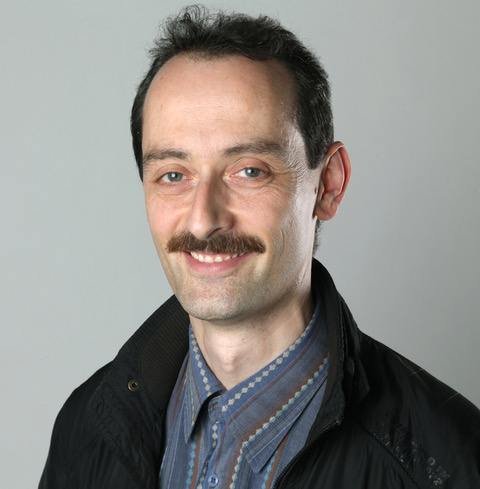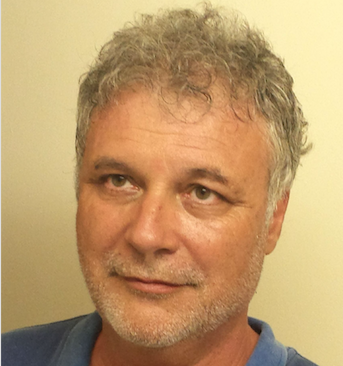
Evgenia Bonnet
Computer science teacher in secondary school and scientific collaborator at EPFL where she works on educational projects with the Thymio II robot.
This course allows to approach the comprehension of the basic mechanisms of a robot such as Thymio, its programming with various languages, its use in class with the associated teaching elements.
The course is structured in six chapters. The first one is dedicated to the basic concepts in computer science and robotics. The second chapter gives an introduction to the Thymio robot. Chapters 3, 4 and 5 introduce the programming of the robot through different environments of increasing complexity. Chapter 6, finally, shows the practical application in class of the elements presented in the previous chapters.
It responds to the new programs for the introduction of digital sciences in schools in France and Switzerland and has been produced jointly by
There are no particular prerequisites, except for some advanced programming sections requiring practice with the tool.
Chapter 1: Introduction to Computer Science and Robotics |
Chapter 2: Thymio |
Chapter 3 : First steps in programming with Thymio |
Chapter 4: Programming Thymio with Scratch |
Chapter 5: Programming Thymio with Studio |
Chapter 6: Educational Activities with Thymio |
The 6 chapters of this MOOC are entirely accessible on a self-paced basis. Everyone will be able to take advantage of the 20 hours of training offered by modulating their course according to their level (beginner or advanced) and their needs

Computer science teacher in secondary school and scientific collaborator at EPFL where she works on educational projects with the Thymio II robot.

As a lecturer at the HEP Vaud, she devotes her work and research to Media, Images, Information and Communication Technologies (MITIC). She is also a scientific collaborator at the EPFL for a project on the integration of robots in the classroom.

School teacher. As a pedagogical advisor in Evian, she and her team train teachers in programming and organize the Evian Robots Festival.

Pedagogical advisor for the first degree sciences and technology at the DSDEN (Direction des services départementaux de l'éducation nationale) in Gironde. He accompanies projects and festivals on educational robotics in priority education and in ASH (Adaptation Scolaire et Scolarisation des élèves Handicapés).

He teaches physical sciences at the Lycée and Collège Saint-Genès La Salle in Bordeaux, where he also teaches ICN and ISN. He is also a music composer.

His work focuses on the personalization of learning using digital technologies and the use of robotics in education. He is at the origin of the Inirobot activities and the Poppy Station structure.
Licence Creative Commons BY-NC-ND :
This course was jointly developed byInriaetEPFLand is the subject of a partnership agreement
the user must mention Inria and EPFL for the re-use of the contents, he can exploit the work except in a commercial context and he cannot make any modification to the original work.
Creative Commons BY-NC-ND license: the user must mention the name of the author, he can exploit the work except in a commercial context and he cannot make any modification to the original work.

